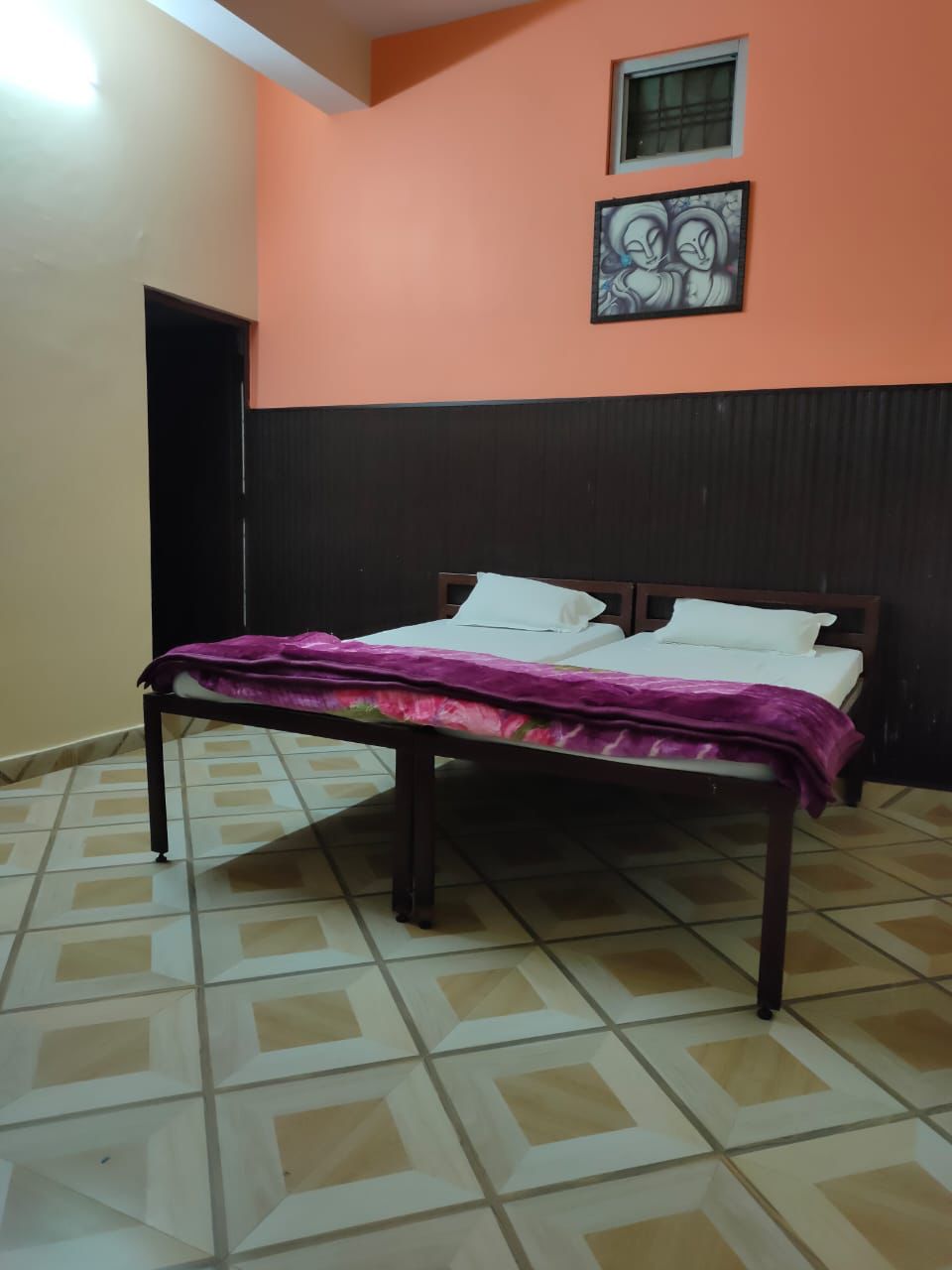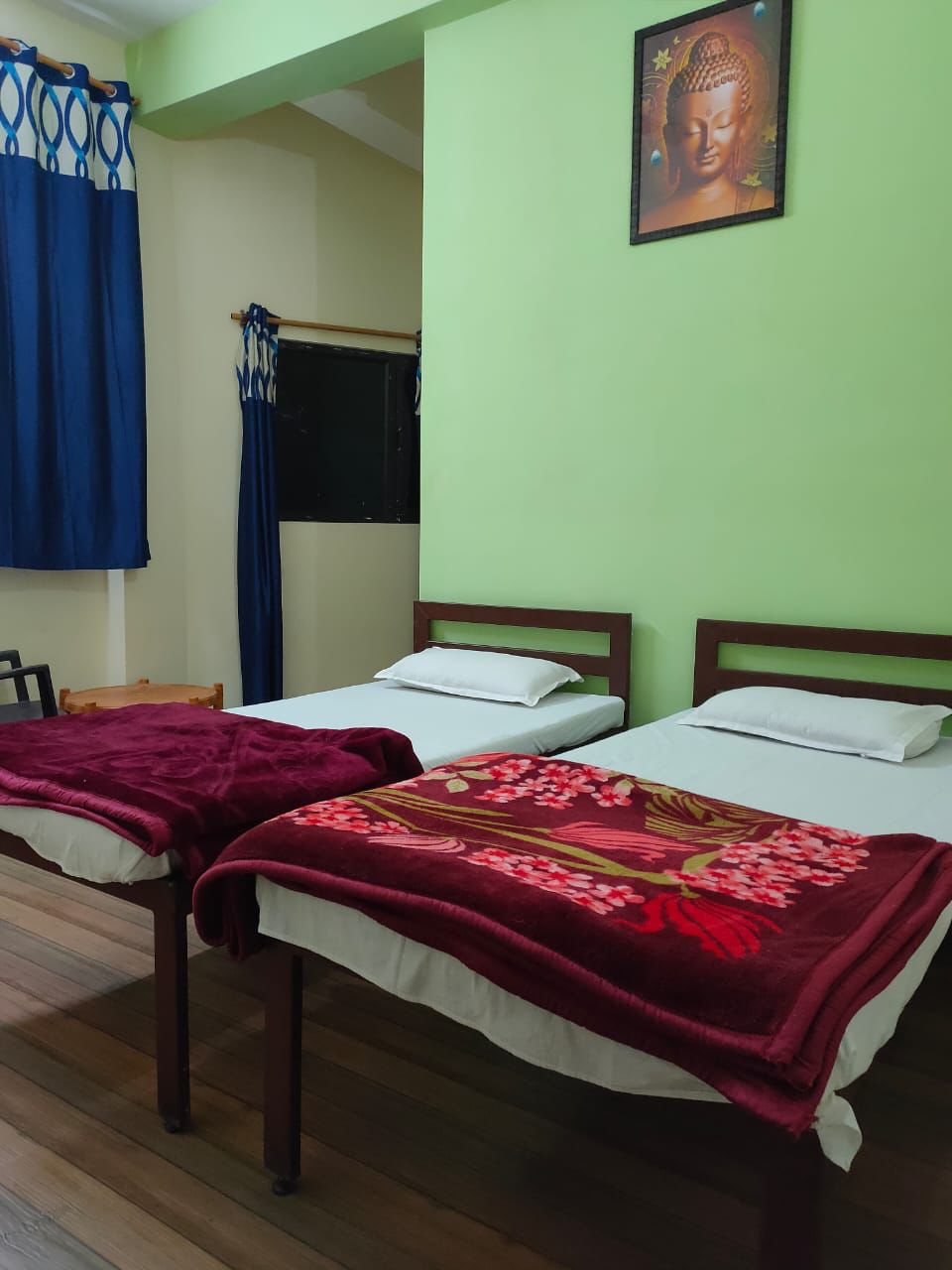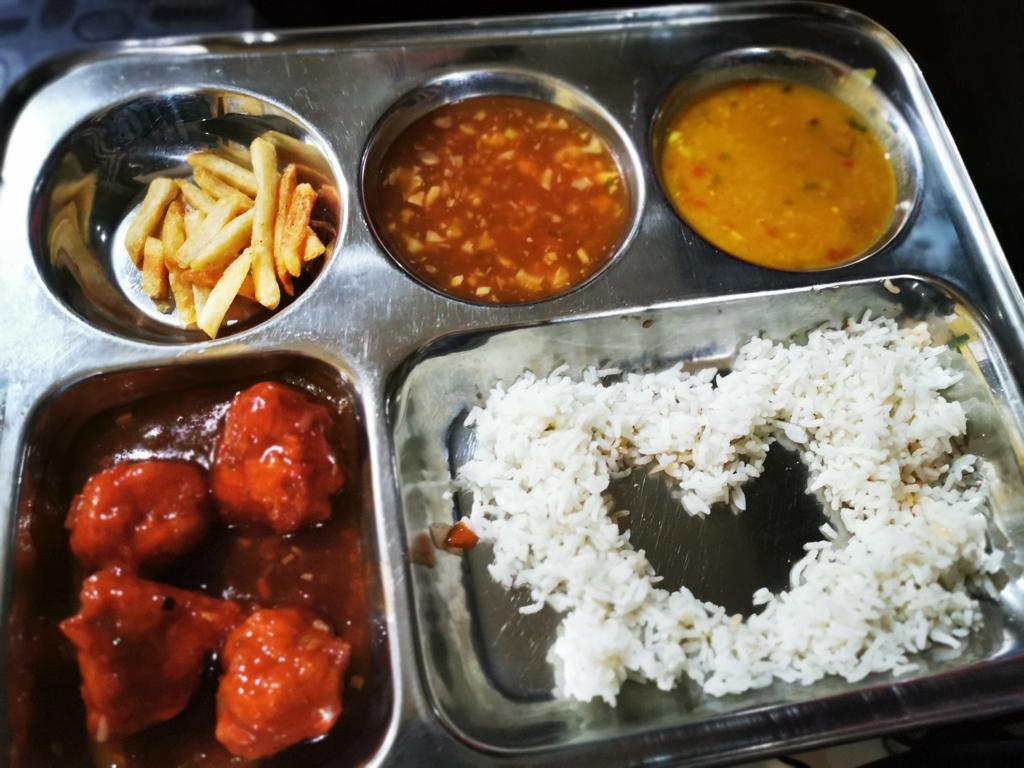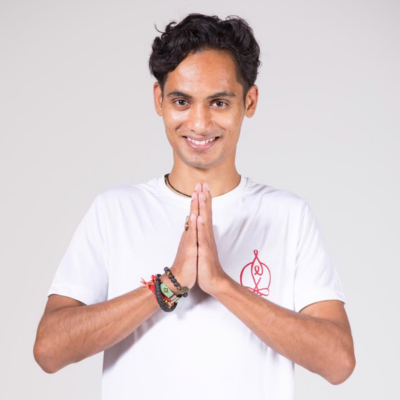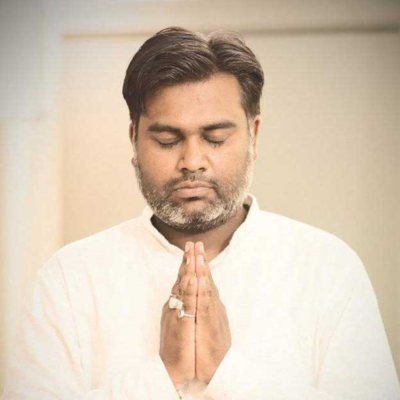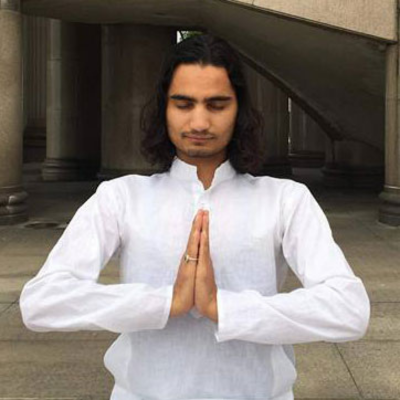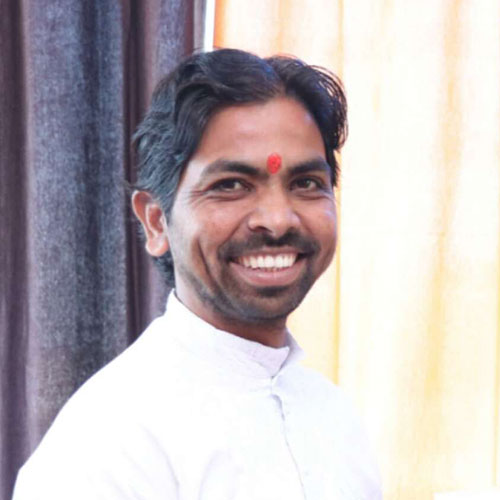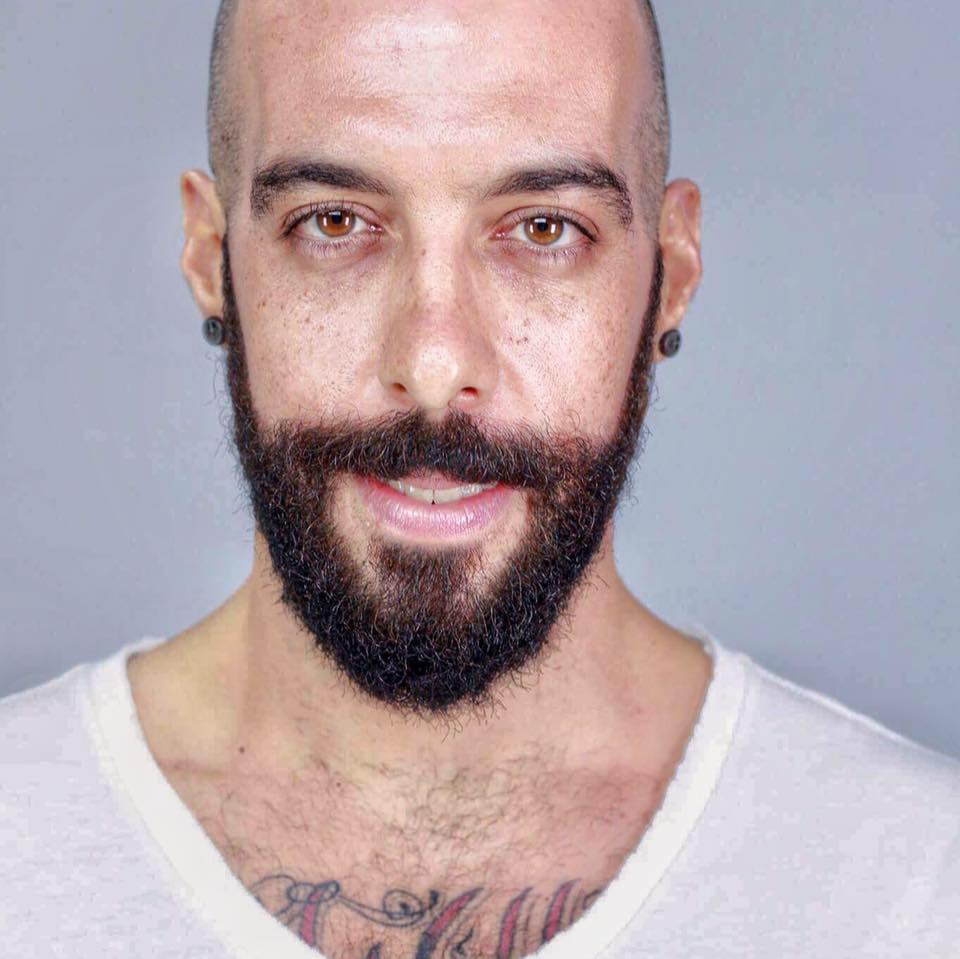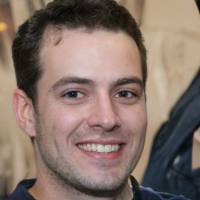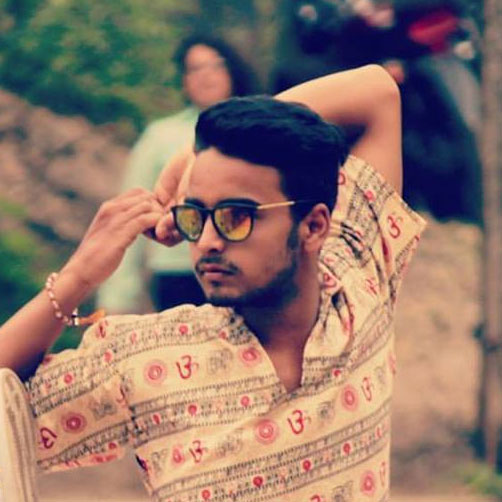Pranayama Yoga Course in Rishikesh
Short Terms Pranayama Course in Rishikesh
Pranayama Yoga Course in Rishikesh, India
We all know that yoga is a way of fine-tuning our mind and body and improve the functioning of both, which result in improved concentration and improved body functioning. For this, there are many types of yoga such as Hatha, Ashtanga, Vinyasa, etc. out of which, one can choose any of them according to their capacity and requirement. Before you start doing any style of yoga, you start with breathing and concentration exercises to focus your mind and body before doing yoga poses. This combined set of breathing and focusing is called ‘Pranayama’ or ‘Pranayama Yoga’.
The Natural Breathing:-
Just breathing naturally and noticing it precedes pranayama, and is a ‘must do’ step for all yoga practitioners. Breath is the only voluntary & involuntary function in the body that reveals the patterns of your subconscious mind, emotions and physical strength. One can transform these patterns and use them to heal self once he/she recognizes them.
Once you realize that you can influence the length, rhythm and sound of your breath, you will recognize the power of pranayama. Try this:
- Breathe in and notice the thoughts as they come.
- Breathe out, and notice the thoughts disappear.
- Release your attachment to your thoughts during this time.
- Return to your normal self with a calm and clear mind.
Moment of Silence: Sahita Pranayama:-
There is a resting state called ‘Kumbhaka’ that exists between inhalation and exhalation of breathing. Regular practicing of this method increases mental and physical strength, and places the emphasis on stillness- as long as there is no attempt of holding the breath forcibly and create more anxiety.
Here is how it can be done without causing more stress:
- Breath-in with a natural and focused breath and pause.
- Hold the breath for a while, long enough to feel stillness.
- Breath-out naturally and pause.
- Hold your breath and feel its stillness.
- Repeat for 5 minutes and followed by Savasana.
Are you a Busy Bee? Try Bhramari:-
Bhramari means a ‘large bee’. You will want to reserve this calming pranayama when you have a few moments alone as this can be a bit loud loud/noisy.
You will achieve its greatest benefit when you create the most audible sound, because its vibrations send a soothing wave throughout your nervous system- creating a unison of mind and body.
- Breath-in through both nostrils.
- Breath-out while producing the buzzing sound like that of a Bee.
- Repeat for 5 minutes, then take rest in Savasana.
3-Part Breathing or ‘Dirga’:-
‘Dirga’ or 3-Part Breathing is a technique which involves breathing sequentially:
- It starts from diaphragm with filling up the abdomen with air.
- Next, the air is moved into lungs.
- Then it is transferred to the upper chest.
Dirga is easiest for beginners as it can be practiced by lying down with a thick blanket or sandbag over your stomach, which rises during inhalation and falls during exhalation.
Lion’s Breath or Simhasana:-
Lion’s Breath or Simhasana helps in strengthening muscles of throat and prepares it for more advanced pranayama practices.
Beginners usually feel a bit shy about making the Lion’s face, but this pose releases embarrassment & allows one to find his/her true voice, and helps in getting excess tension out of the chest.
This is how it can be done:
- Sit in an upright kneeling position, with your hips on your thighs and palms resting & facing down. Inhale deeply through your nose and when you exhale, open your mouth wide, set your tongue out and open your eyes wide, and let all of your breath go with an audible ‘HA’ sound, keeping your focus set towards the ‘third eye’.
- Repeat 2-3 times and followed by Child pose or Savasana.
Congrats on completion of learning the process of Pranayama Yoga. Now you are ready to practice it.
Diya Yogashala - sattvic Food & Clean Accommodation
Food & Accommodation
Eating can also be considered a proper practical in which you seek universal balance. You have to develop mindful eating practice can provide a ground that truly supports your personality & Yoga practice
Three time (Breakfast, Lunch & Dinner) meals per day
All Meals are vegetarian, nutritious, healthy and balance diet
A nourishing diet with fruits, vegetables, Indian herbs are added to the meal plan on an everyday basis
Three times Tea or coffee during the course
If you have any dietary requirements please inform us so that we may ensure there are adequate options for you at mealtimes.
Accommodation during the course is included in your fees and is provided by Diya Yogashala in Ram Jhula, Rishikesh. You will get shared accommodation. If a student needs non-sharing room then he/she needs to pay some extra amount. All rooms are basic and comfortable with attached bathroom. Facilities include two twin beds, hot water and shower and bedding. Towels are also availableupon request. Wifi is included! Laundry facilities can be arranged for an extra charge, and students are able to wash their own clothes in their rooms if they wish. You will find that most of your time is spent in the yoga shala and with classmates, however you are ensured your own comfortable space in which to retreat to and relax in-between classes.
7 Days Pranayama Yoga Course in Rishikesh Course Dates & Fee (2025):
01 Jan - 09 Jan (2025)
25 Jan - 31 Jan (2025)
- Shared Room : $399 USD
$700 USD - Private Room : $699 USD
$1000 USD - REGISTER NOW
01 Feb - 09 Feb (2025)
25 Feb - 03 Mar (2025)
- Shared Room : $399 USD
$700 USD - Private Room : $699 USD
$1000 USD - REGISTER NOW
01 Mar - 09 Mar (2025)
25 Mar - 31 Mar (2025)
- Shared Room : $399 USD
$700 USD - Private Room : $699 USD
$1000 USD - REGISTER NOW
01 Apr - 09 Apr (2025)
25 Apr - 01 May (2025)
- Shared Room : $399 USD
$700 USD - Private Room : $699 USD
$1000 USD - REGISTER NOW
01 May - 09 May (2025)
25 May - 31 May (2025)
- Shared Room : $399 USD
$700 USD - Private Room : $699 USD
$1000 USD - REGISTER NOW
01 Jun - 09 Jun (2025)
25 Jun - 01 Jul (2025)
- Shared Room : $399 USD
$700 USD - Private Room : $699 USD
$1000 USD - REGISTER NOW
01 Jul - 09 Jul (2025)
25 Jul - 31 Jul (2025)
- Shared Room : $399 USD
$700 USD - Private Room : $699 USD
$1000 USD - REGISTER NOW
01 Aug - 09 Aug (2025)
25 Aug - 31 Aug (2025)
- Shared Room : $399 USD
$700 USD - Private Room : $699 USD
$1000 USD - REGISTER NOW
01 Sep - 09 Sep (2025)
25 Sep - 01 Oct (2025)
- Shared Room : $399 USD
$700 USD - Private Room : $699 USD
$1000 USD - REGISTER NOW
01 Oct - 09 Oct (2025)
25 Oct - 31 Oct (2025)
- Shared Room : $399 USD
$700 USD - Private Room : $699 USD
$1000 USD - REGISTER NOW
01 Nov - 09 Nov (2025)
25 Nov - 01 Dec (2025)
- Shared Room : $399 USD
$700 USD - Private Room : $699 USD
$1000 USD - REGISTER NOW
01 Dec - 09 Dec (2025)
25 Dec - 31 Dec (2025)
- Shared Room : $399 USD
$700 USD - Private Room : $699 USD
$1000 USD - REGISTER NOW
DYS Certified Teachers
Our Experience Yoga Teacher
Happy Students
What Students Say About Diya Yogashala
Course Fee Includes:
- Tuition Fee for the course.
- Single Room Accommodation.
- Two full meals per day.
- Daily snacks with two time tea.
Payment Options:
- Information and Instructions for payment procedure will be sent to you with your letter of acceptance.
- To reserve your seat, you need to pay USD 200 as non-refundable deposit.
- The balance of the payment may be made on Orientation Day upon arrival in Rishikesh.
- The Payment methods we accept are cash (Indian Rupees or US Dollars), credit card and online transfer using Transferwise.
- Payments by online transfer may be made in any Currency, as we will receive all payments in Indian Rupees.
Refund Policy:
- Course fee including deposit paid for registration is non-refundable and it is valid for one year from the actual course date.
- Students are required to pay a deposit to secure their space, and the outstanding course fee must be paid in full before the course commences.
- Please note that we do not give refunds, so it is your responsibility to ensure that you are fully insured against any unforeseen circumstances that either prevent you from attending the course, or that require you to leave the course early.


